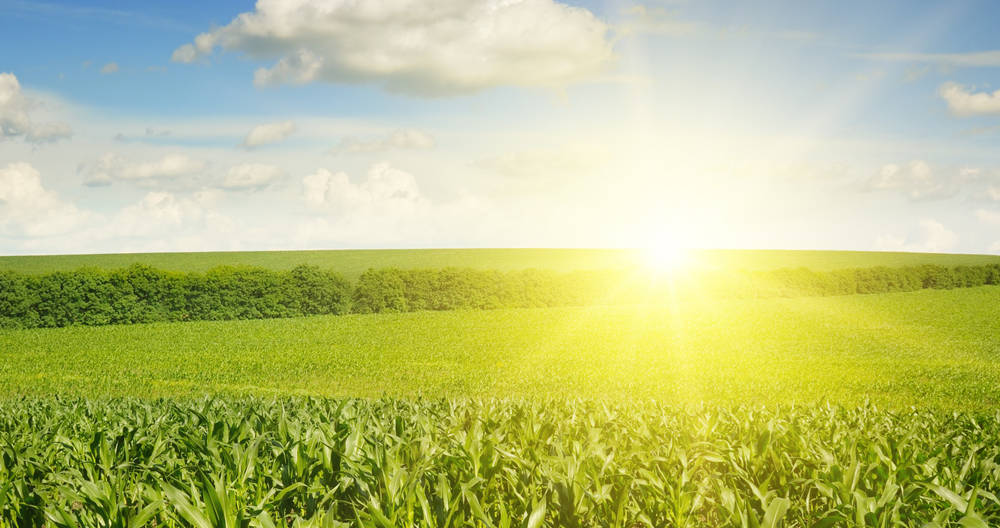Thermal Spray Coatings
Impreglon UK is a leading applicator of thermal sprayed coatings. Our thermal spray coatings protect against wear and corrosion, increasing the life span of your products and reducing the total cost of ownership. We can offer four application processes, the choice of which depends on the problem we're being asked to solve and the part to be coated.
Arc Spray. This is a popular method of thermally spraying metals. The electric arc wire process uses electricity to provide a heat source to melt a coating. The coating feedstock comprises of two metallic wires, usually of the same composition. The metals that can be applied include Zinc (known as Thermally Sprayed Zinc or TSZ), Aluminium (known as Thermally Sprayed Aluminium or TSA) and Nickel alloys. The choice of coating type is made based on our experience. The two wires are electrically charged with opposing polarity and are fed into the arc gun at matched, controlled speeds. When the wires are brought together at the contact point, the opposing charges on the wires create an arc that continuously melts the tips of the wires. Compressed air is used to atomize and accelerate the molten material onto the component. The coating thickness of the coating can be varied considerably.
Flame spraying. Also known as combustion spraying, flame spraying uses the heat from the combustion of a fuel gas with oxygen to melt the coating material which is propelled onto a component to form a coating. This technique is often used to create a coating with inherent porosity which can then be impregnated with a polymer. Metals and ceramics, e.g. Tungsten Carbide and Chrome Oxide, can be deposited using this process and it offers a cost effective method in a less demanding environment. The gas stream has a temperature of around 3,000°C.
High Velocity Oxy Fuel (HVOF). Tungsten Carbide is sprayed onto the component surface by means of a high temperature supersonic gas stream, producing a dense coating which can be ground and polished to a very high surface finish. The gas stream is produced by mixing and igniting oxygen and fuel (gas or liquid) in a combustion chamber and allowing the high pressure gas duly created to accelerate through a nozzle. Tungsten Carbide powder is introduced into this stream where it is heated and accelerated towards a component's surface. Differing grades of Tungsten Carbide (different chemistry and particle size) give different surface properties and finishes. The coating application needs to be carried out remotely in a sound deadened booth so the shape of the component needs to be considered. Likewise masking can be challenging as conventional masking tapes, even specifically designed thermal spray tapes, are blown away by the supersonic velocity of the gas stream. We don't currently use the HVOF system in the UK.
Plasma coating. Here an inert gas such as Argon, when excited by an electric arc, becomes partially ionised and generates a hot gas stream having temperatures around 16,000°C. Ceramic powder is injected into the flame and projected on to a suitably prepared component to form a dense coating. It is possible to apply Tungsten Carbide using this process. The plasma gun is manipulated using a robot so the component configuration needs to be borne in mind. The chemistry of the ceramic can be varied, to achieve differing levels of corrosion resistance for example. A common application is for electrical insulation. Please note that Impreglon uses the term Plasma Coating as a generic family name for a wide range of thermally sprayed coatings and techniques. We don't currently use the true high temperature plasma system in the UK.
All thermal coatings are applied within our modern facility located near Nottingham, by skilled technicians and are subjected to rigorous quality standards. For more information please complete our online form and we will get back to you as soon as possible.











